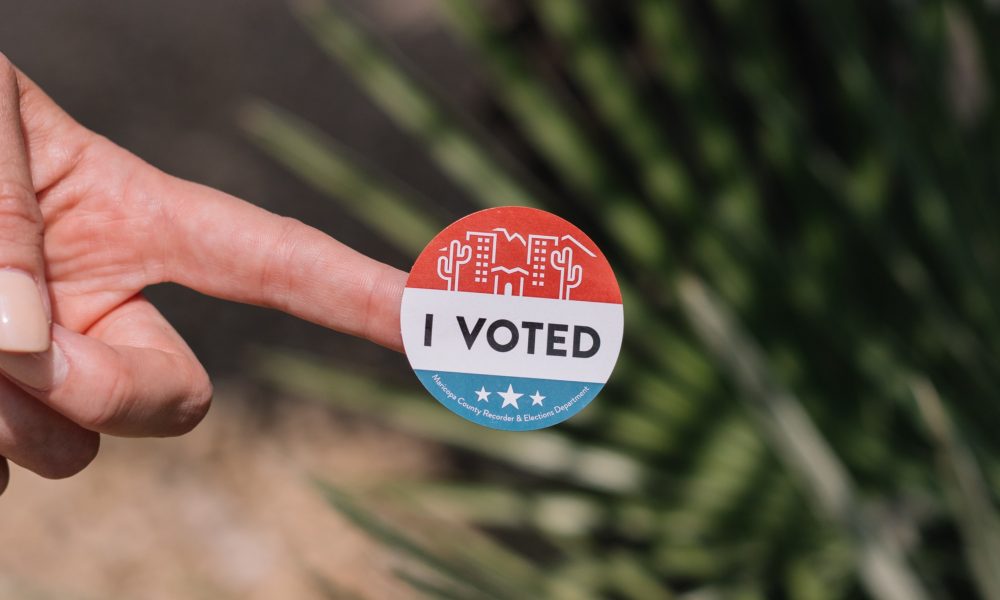Polls in the U.S. traditionally switch their election polls to show likely voters just after Labor Day, roughly eight weeks prior to Election Day. So what is a likely voter model? Why wait until Labor Day to use it? What goes into the Marist Poll’s model? Keep reading to find the answers.
What
“How we determine who is likely to cast a ballot in a particular election.”
Why
“To make the poll even more accurate and a reflection of who is going to go to the polls.”
When
“Labor Day is the kickoff to the campaign, it’s when the campaigns gear up, voters start focusing.”
What is a Likely Voter Model?
One question that’s really important that election polling answers is who’s likely to cast a ballot in a particular election. Not everyone votes, so it’s really important to identify those people who are likely to participate. There are lots of different ways of doing this, and every pollster has their ‘secret sauce.’
At the Marist Poll we ask several questions to identify likely voters: how interested a person is in the election, how they would rate their chance of voting, and if they’ve participated in similar elections in the past. We put these questions all together, kind of creating a model — almost an algorithm — where we identify and give each person a probability or likelihood of voting. In this way, we hope to make the poll even more accurate, and a reflection of who is going to go to the polls.
Why Do We Use a Likely Voter Model?
Why do we need to go through all this trouble to identify likely voters and create a model of the likely electorate? Surveys are only valuable if they can tell us something about a larger group of people than just the ones we interview. Surveys need to be representative of a group of people we want to know about, in this case, those voters who are likely to cast a ballot in an election.
We know not all voters vote in every election. So, if we are to understand what’s going on in an election, we need the opinions of those people who will participate or ultimately cast a ballot. Research tells us that some people who say they are going to vote, don’t end up voting. And some people who say they are not going to vote, actually decide to do so in the end.
So we create a model that estimates the probability or likelihood that someone will vote. And in that way, we can get a better sense of the types of people, young versus old, Democrat and Republican, men, women who are going to participate. And we also can find out which candidate they support. This goes a long way to giving us an idea of what’s going on in a particular election.
When Do We Use a Likely Voter Model?
Identifying likely voters is an important part of election polling. But, timing is important. Too far away from an election, and you’re more likely to be measuring a candidate’s most ardent supporters, or just finding those people who are “political geeks” — they follow politics all year round!
Instead, we at the Marist Poll generally think of Labor Day as the kickoff to the campaign. It’s when the campaigns really gear up, voters start focusing, there are debates, and you’re much more likely to be able to actually measure accurately who is likely to participate and cast a ballot in an election.

